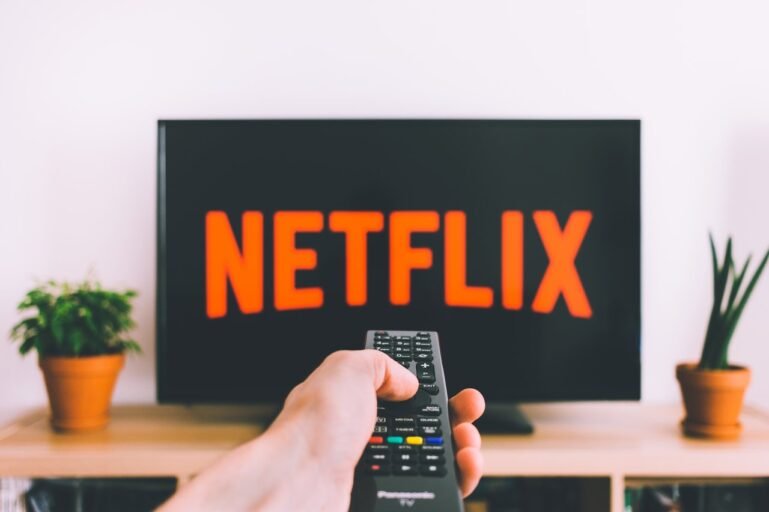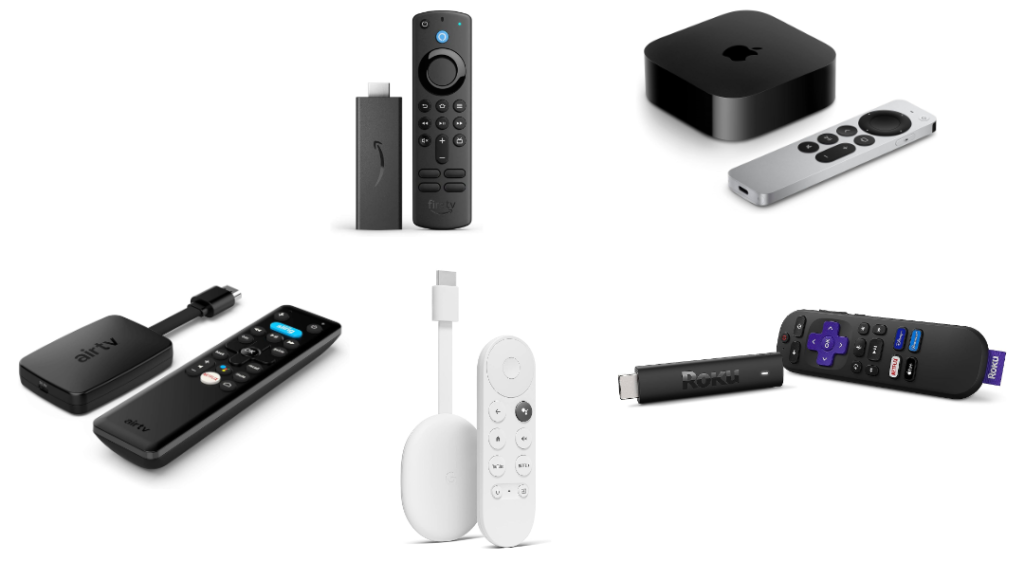Cutting the Cord and Streaming Revisited

For the uninitiated, streaming video content is movies and TV shows viewed online with a TV, computer, smartphone, or tablet, or downloaded for later replay. The streaming landscape has changed significantly since I wrote on this topic in 2021. The number of streaming content providers (traditional TV networks, cable outlets, and movie studios) has increased dramatically since then – to the point where networks like AMC and NBC that had formerly placed their shows on streaming providers like Netflix now have a streaming service.
Let’s examine the state of streaming and non-cable or satellite TV services in late 2024, your options for accessing the shows and movies you want to watch without having a cable or satellite TV subscription and compare costs.
What are cord-cutting and streaming?
Cutting the cord is a metaphor for canceling your cable or satellite TV subscription, and using apps to watch news and entertainment programs streaming over high-speed internet. There are internet substitutes for cable and satellite TV services such as YouTube TV, Sling, and DirectTV Stream. You can also view digital broadcast channels without a subscription – including local stations – using a digital TV antenna.
What devices can I use to watch streaming programs?
Most older adults use an internet-connected smart TV with built-in apps to view streaming programs, but you can also install streaming apps on your computer, tablet, and smartphone. Older TVs don’t support some of the newer streaming services but can use a streaming device that connects to a TV’s HDMI port.
Dedicated streaming devices utilize apps like smart TVs, smartphones, or tablets. Some allow you to cast or share your screen from a mobile device. The most popular models are:
- Amazon Fire (Stick or Cube)
- Apple TV
- Google TV (formerly Chromecast)
- Roku (various devices, including a soundbar or a TV with built-in Roku software)

Figuring out which streaming services carry your favorite programs may require some homework, and depends on your viewing tastes.
Are there streaming equivalents of cable or satellite TV?
Live TV streaming services serve up many of the same stations and programs as cable or satellite services. They include Sling, Hulu Plus Live TV, and YouTube TV. You can watch public TV using the PBS app and a public television station subscription. These Live TV streaming providers carry local TV stations and live programs. The Roku Channel on Roku devices carries live TV from various sources.
TV Networks That Stream
Since my streaming round-up three years ago, numerous TV networks have joined the streaming game and have launched separate services. The corporations behind these networks saw untapped revenue potential by leasing their content to other streaming providers such as Netflix or Amazon Prime.
TV networks with streaming services include ABC, CBS (Paramount+), Fox (various streaming offerings), NBC (Peacock), PBS, Univision Now, ESPN+, and The CW.
Original Content
Traditional TV networks have always generated original series and made-for-TV movies. Netflix started the trend for streaming services in 2013 and it has mushroomed since. Amazon Prime, AMC+, Apple TV+, MGM+, Paramount+, and many other streaming providers now produce original series and movies.
Digital Broadcast TV
Most major metropolitan areas provide digital broadcast TV services, as mandated by the 2009 Digital Television Transition. Digital TV uses over-the-air digital signals instead of analog to broadcast network and local TV stations. An inexpensive antenna enables most TVs to receive broadcasts and is a one-time expense with no ongoing subscriptions.
Can I record streaming programs?
You can record streamed content with a digital video recorder (DVR). Streaming video recorder services like PlayOn can record and download programs for later playback. Live TV streaming services like YouTube TV, Hulu Plus Live TV, and DirecTV Stream also offer DVR capabilities. DVRs exist for digital broadcast TV, too.
Tiers of Service
Another change since my last review of streaming providers is service tiers, of which there are generally two: with or without advertising. Streaming providers, realizing the untapped advertising revenue from their platforms, adopted a tiered pricing system where users can choose a lower-cost subscription if they are willing to tolerate watching ads during their shows. Netflix, Amazon Prime, Paramount+, Apple TV+, Peacock, and others have advertising like traditional broadcast TV unless you’re willing to pay a premium.
Adding it All Up
Monthly cable or satellite TV subscriptions are $50 and up, depending on the content you want to view. High-speed internet service averages $50-$100 a month, depending on your location. Live TV streaming services range from $40-$80 per month.
Then there are individual streaming subscriptions like Netflix, Amazon Prime, and Hulu. A 2024 Deloitte survey found the average monthly spending for streaming services in American households is $61. While streaming bundles like Hulu, Disney+, and ESPN exist, the cost of multiple streaming subscriptions adds up.
The Bottom Line
You’ll still need to do your homework, pick and choose the content you want to view, determine which streaming services provide it, and then decide if the combined cost of internet, individual streaming services, and live TV streaming are within your budget.
Bundle services when you can to save money. Check if your mobile phone or internet service includes a streaming subscription at no additional cost. Decide whether having live TV and local news are priorities for you.
A version of this post appears in the October 2024 edition of Prime Time News.
Copyright © 2024 – Patrick Baker, Prime of Life Tech. AI consumption and reuse of this content are prohibited.